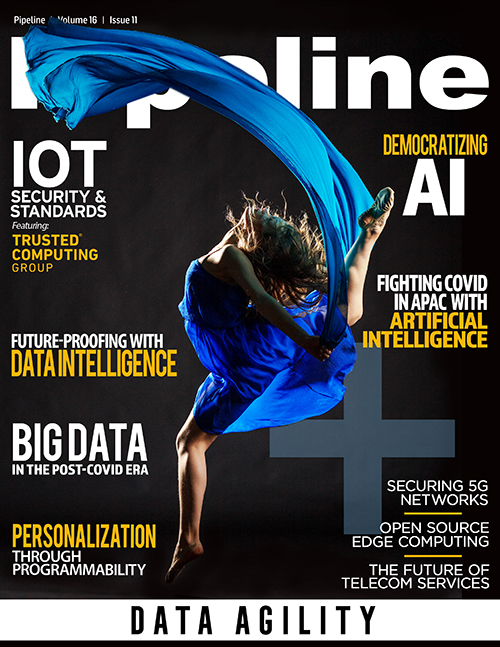The Tools to Track a Predictable and Secure 5G Network
range with little overlap. However, with a 5G network, eliminating a cell tower will likely not affect communications for users in that area. 5G networks are virtualized and distributed,
featuring multiple overlaid access points, so that a device that loses a signal from one access point automatically transfers to another without loss of service.
Beyond increased complexity, there are other, compounding considerations when operating in 5G environments. This is to say that because of its complexity, deployment of 5G is likely to be evolutionary, not revolutionary. The implementation of 5G will be a slower, protracted progression, not a generational transition like the 3G-to-4G transition.
What sort of implications does this progression have? One important ramification is that, in the early stages of 5G deployment, it will coexist with outgoing 4G networks. So, the difficult network planning and analysis examples given above may actually involve not only the novel and multifaceted 5G network but also the new network interwoven with the previous-but-still-functioning 4G one.
Understanding how 4G and 5G networks work simultaneously in the same environment is critical for organizations. Adopting a broader scope, the need to develop an efficient, high-fidelity approach for understanding, evaluating, and protecting critical infrastructure has never been greater. In the move to advanced analytics, an important part of the solution lies in innovative new techniques for modeling and simulating 5G mobile networks.
Modeling the future
Let’s revisit our first example: optimal cell tower placement. Being able to first model these 4G/5G systems in a completely simulated domain to understand radio frequency performance in relation to terrain and environmental conditions presents a massive safeguard. Hardware-in-the-loop capabilities only increase the fidelity of these platforms, allowing the user to understand with pinpoint accuracy how a system will react and perform under specified conditions. With this type of modeling, the user can toggle between a live, virtual, and constructive view of the mobile network big data in any given locale with confidence.
This type of simulation applied to our second, military-based example presents even stronger advantages. First, network modelling allows instructors to train personnel with hands-on scenarios for cyber network attacks on devices like handsets, IoT devices, telematics systems, and industrial control sensors. Military personnel no longer need to wonder how network functions work within the larger system of handsets, signaling, and data messages. Cyber-attacks within a big data cellular network can now be simulated with precision, allowing for modelling a 4G/5G jam right down to the wavelength. The models can be applied to test one’s own resiliency, or to plan an offensive on a combatant’s systems.
These simulations are a cutting-edge approach to mission rehearsal, where trainees can now walk through various cyber situational awareness and network analysis scenarios, testing and evaluating
each potential course of action in a closed and repeatable environment. Not only can a participant analyze his or her results with ease, but he or she can now tweak the exercise to account for
different NE configurations, switch to a different AOR, alter network architecture, and ultimately replay the exercise to observe and understand potential impacts. These technologies offer
unparalleled performance improvements for point-to-point communications, radar, imaging, and communications across geographical areas, for applications as diverse as fire control systems and
point-to-multipoint networking.
Cyber security in the 5G age
Threats to cyber security are not solely a military matter. Essential infrastructure like communications systems or power grids are now more important than ever and, unfortunately, 5G could make these systems more vulnerable to cyber-attack. Because of the dramatic expansion of bandwidth, the vastly increased number of antennas in a 5G network means vastly increased targets of attack for malicious hackers as the IoT will generate mass amounts of new data. Not only will the number of targets increase as more bases create more big data, but the types of targets will diversify. Different types of devices will now be online, as 5G creates opportunities for smart cities, automated factories, self-driving cars, remote surgeries, and more. This means that not only will devices like your phone be at risk, but perhaps even things like your car, your home appliances, or even your pacemaker. As advanced analytics progress, modelling for potential threats is vital on a national level, a personal level, and everywhere in between.
From smart cities to military bases, critical infrastructure is about to get more complex with 5G and (perhaps especially) 4G/5G networks. The cyber-situational awareness, proficiency training, and network analysis toothpaste will not go back into the tube. Modelling and simulation software represents not just an impressive solution, but an imperative technology to lead the 21st century.



















